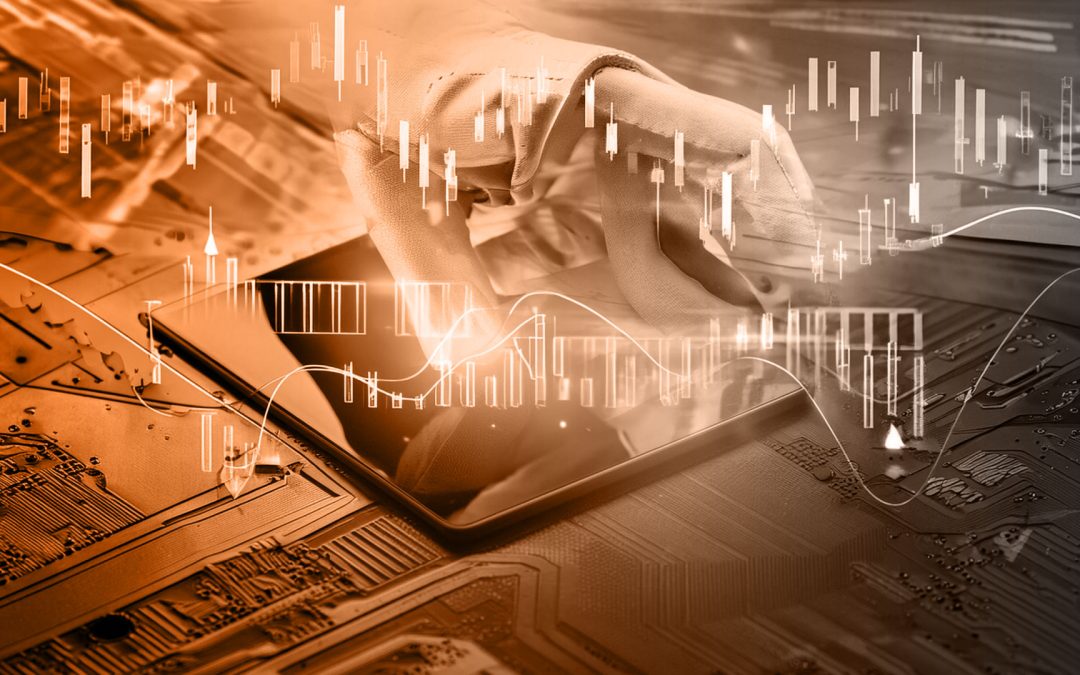Trading signals are crucial indicators that traders use to identify potential buy or sell opportunities in financial markets. Here, we’ll explore the significance of trading signals, how to recognize them, and the role of artificial intelligence (AI) in improving signal accuracy and effectiveness.
Understanding Trading Signals
Trading signals are generated from various sources, including technical analysis, fundamental analysis, and market sentiment. These signals provide insights into market trends, price movements, and potential entry or exit points for trades. Common types of trading signals include moving averages, MACD crossovers, RSI divergence, and breakout patterns. By recognizing and interpreting these signals, traders can make informed decisions about when to enter or exit positions, thereby maximizing profits and minimizing losses.
Recognizing Trading Signals
Recognizing trading signals requires a combination of technical analysis skills, market knowledge, and experience. Traders often use charting tools and indicators to identify patterns and trends in price data. For example, a bullish signal may occur when a stock’s price breaks above a key resistance level, while a bearish signal may occur when it falls below a support level. Additionally, traders may look for confirmation from other indicators or factors, such as volume trends or news catalysts, to validate trading signals before taking action.
The Role of AI in Signal Recognition
Artificial intelligence plays a crucial role in enhancing the accuracy and effectiveness of trading signals. AI algorithms can analyze vast amounts of market data in real-time, identify patterns and correlations, and generate predictive signals with a high degree of accuracy. By leveraging AI, traders can access signals that are more timely, reliable, and actionable, enabling them to make better-informed trading decisions. AI-powered signal recognition systems can also adapt to changing market conditions and learn from historical data, continuously improving their performance over time.
Benefits of AI-Powered Signal Recognition
- Enhanced Accuracy: AI algorithms can identify subtle patterns and trends in market data that may be overlooked by human traders, leading to more accurate signal generation.
- Timely Insights: AI-powered systems can analyze market data in real-time, providing traders with timely insights into potential trading opportunities.
- Adaptability: AI algorithms can adapt to changing market conditions and adjust their signal generation strategies accordingly, ensuring that traders stay ahead of the curve.
- Risk Management: AI-powered signal recognition systems can incorporate risk management parameters into trading strategies, helping traders mitigate potential losses and preserve capital.
Conclusion
Trading signals play a crucial role in helping traders identify potential opportunities and make informed trading decisions. By leveraging artificial intelligence for signal recognition, traders can access more accurate, timely, and actionable insights, enhancing their chances in financial markets. As AI technology continues to advance, the role of AI in signal recognition is expected to grow, further empowering traders to navigate complex market dynamics with confidence and efficiency.






